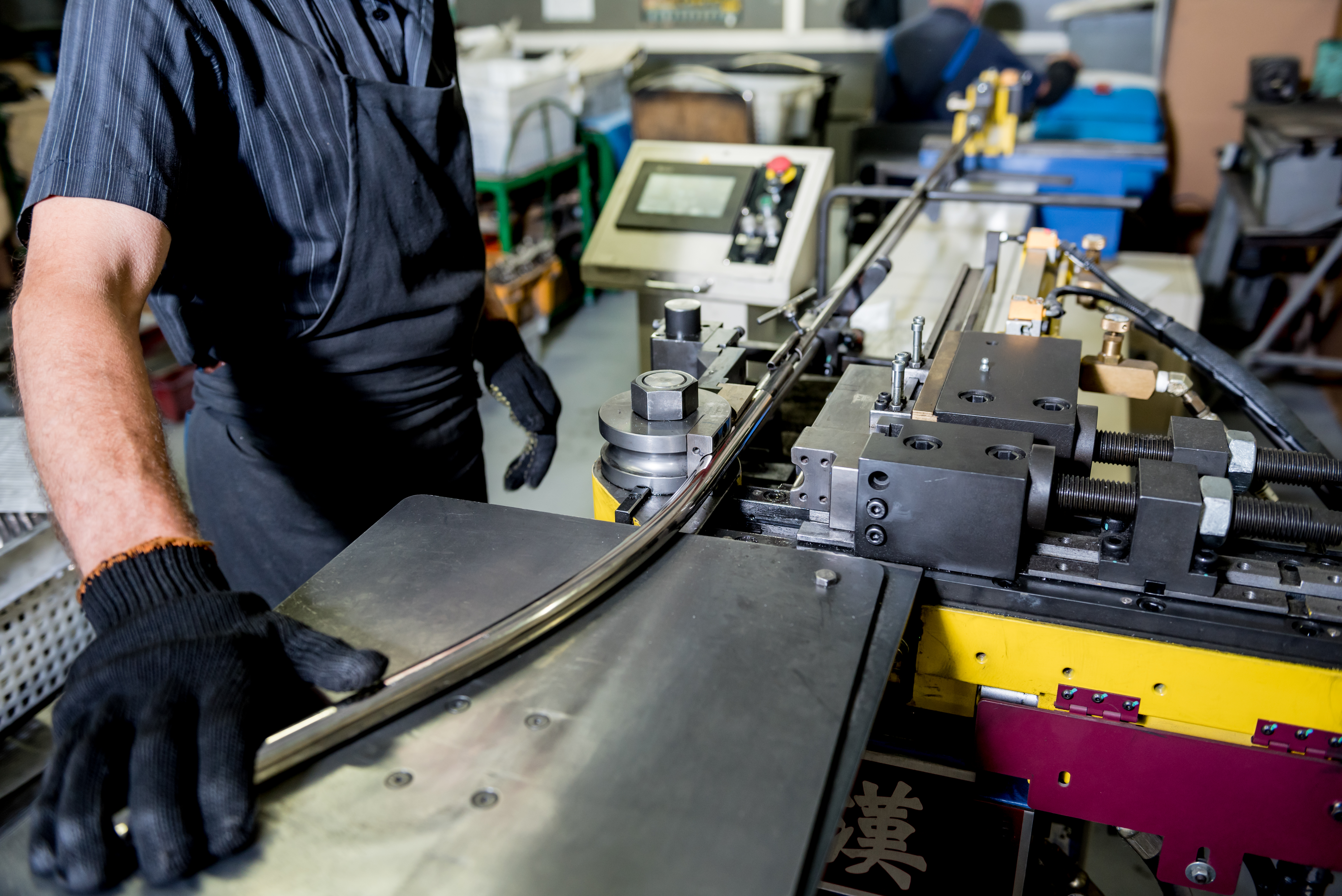Bending stainless steel tubing might seem like a task reserved for experts, but with the right knowledge and a bit of practice, it's something anyone can learn. Whether you're working on a personal project or in a professional setting, mastering the art of bending stainless steel can open up a world of creative possibilities. This guide covers everything from basic techniques to advanced strategies, helping you achieve precise and clean bends every time. Stainless steel is a versatile material known for its strength, durability, and resistance to corrosion. Bending it allows you to create custom shapes and angles that are essential for both functional and aesthetic purposes. From building custom furniture to designing intricate piping systems, the ability to bend stainless steel tubing can be incredibly useful across various industries and projects. Choosing the right tools is crucial for successful bending. For DIY enthusiasts, manual tube benders or hand-operated hydraulic benders are often sufficient for small-scale tasks. These tools are affordable, easy to use, and perfect for beginners. However, for larger or more complex projects, professional-grade equipment such as CNC benders offers greater precision and efficiency. Always make sure your tools are in good condition and suitable for the type of tubing you’re working with. Before starting, proper preparation is essential. Clean the tubing thoroughly to remove any debris or contaminants that could affect the bending process. Mark the areas where you want to make the bends using a permanent marker or tape. Lubricating the tubing with a suitable lubricant can also help reduce friction and prevent kinks during the bending process. In professional settings, there are several methods used to bend stainless steel tubing, each suited for different applications. Understanding these techniques can help you choose the best approach for your project: Rotary draw bending is a common method that involves clamping the tube and drawing it over a rotating die. This technique ensures consistent and accurate bends, especially for tight radii. It’s widely used in automotive, architectural, and industrial applications where precision is key. Mandrel bending uses an internal support rod (the mandrel) to prevent the tube from collapsing during the bending process. This method is ideal for thin-walled tubing and is commonly used in aerospace and high-performance automotive parts. In press bending, the tube is pressed against two stationary dies to form the desired shape. While this method is less precise than others, it’s cost-effective and suitable for large-radius bends where internal shape isn’t critical. Roll bending uses a series of rollers to gradually shape the tube into a curved form. It’s ideal for creating large-radius bends and is often used in construction and architectural projects. This technique involves heating the tubing before bending it. The heat makes the metal more malleable, reducing the risk of cracking or deformation. It’s commonly used in heavy industries like oil and gas, where high-strength materials are required. CNC bending machines use computer-controlled systems to produce highly accurate and repeatable bends. This method is ideal for complex designs and is widely used in aerospace, medical, and automotive manufacturing. Bending stainless steel can come with some challenges. Kinking is a common issue, especially when bending too quickly or using the wrong die. To avoid this, ensure you use the correct tooling and work at a steady pace. Springback is another concern, where the material tries to return to its original shape after bending. Slight overbending can help compensate for this. Also, keep in mind that not all stainless steel grades behave the same way—some are more ductile than others. Always prioritize safety when working with metal. Wear protective gloves, safety glasses, and other appropriate gear. Make sure your workspace is well-lit, organized, and free of hazards. Inspect your tools regularly to ensure they’re in good working condition. With the right tools, techniques, and a little patience, bending stainless steel tubing becomes a manageable and rewarding task. Whether you're working on a small DIY project or a large industrial application, understanding the process will help you achieve better results. Keep practicing, stay informed, and enjoy the satisfaction of creating something unique with your own hands. Answer: While it's possible to bend stainless steel tubing manually, using a specialized tool will give you better control and precision. A manual bending jig can work for simple bends, but it may not be ideal for complex or repeated tasks. Answer: Using a mandrel inside the tube can help maintain its shape and prevent collapse, especially when making tight bends. It provides internal support and reduces the risk of deformation. Answer: No, different grades have varying levels of ductility and hardness. For example, 304 stainless steel is more flexible and easier to bend than 316. Always check the properties of the grade you're working with to determine the best bending approach. Shop Stainless Steel Tubing and Piping Coating Auxiliary Agents refers to a kind of auxiliary substance added in the process of coating production and use. Coating Auxiliary Agents,Coating Aids,Coating Additives,Non Slip Paint Additive Wuxi Volksky New Materials Co.,Ltd. , https://www.volkskychem.comBending Stainless Steel Tubing: A Guide for DIY Enthusiasts and Professionals
Understanding the Basics: Why Bend Stainless Steel Tubing?
Selecting the Right Tools for the Job

Preparation: The Key to Perfection
Bending Techniques: Professional Methods Explained
Rotary Draw Bending
Mandrel Bending
Press Bending
Roll Bending
Heat Induction Bending
CNC Bending
Common Challenges and Solutions
Safety First
Bringing It All Together
FAQs
Can I bend stainless steel tubing without a specialized tool?
How do I prevent my tubing from collapsing during a bend?
Can all grades of stainless steel be bent the same way?
July 13, 2025